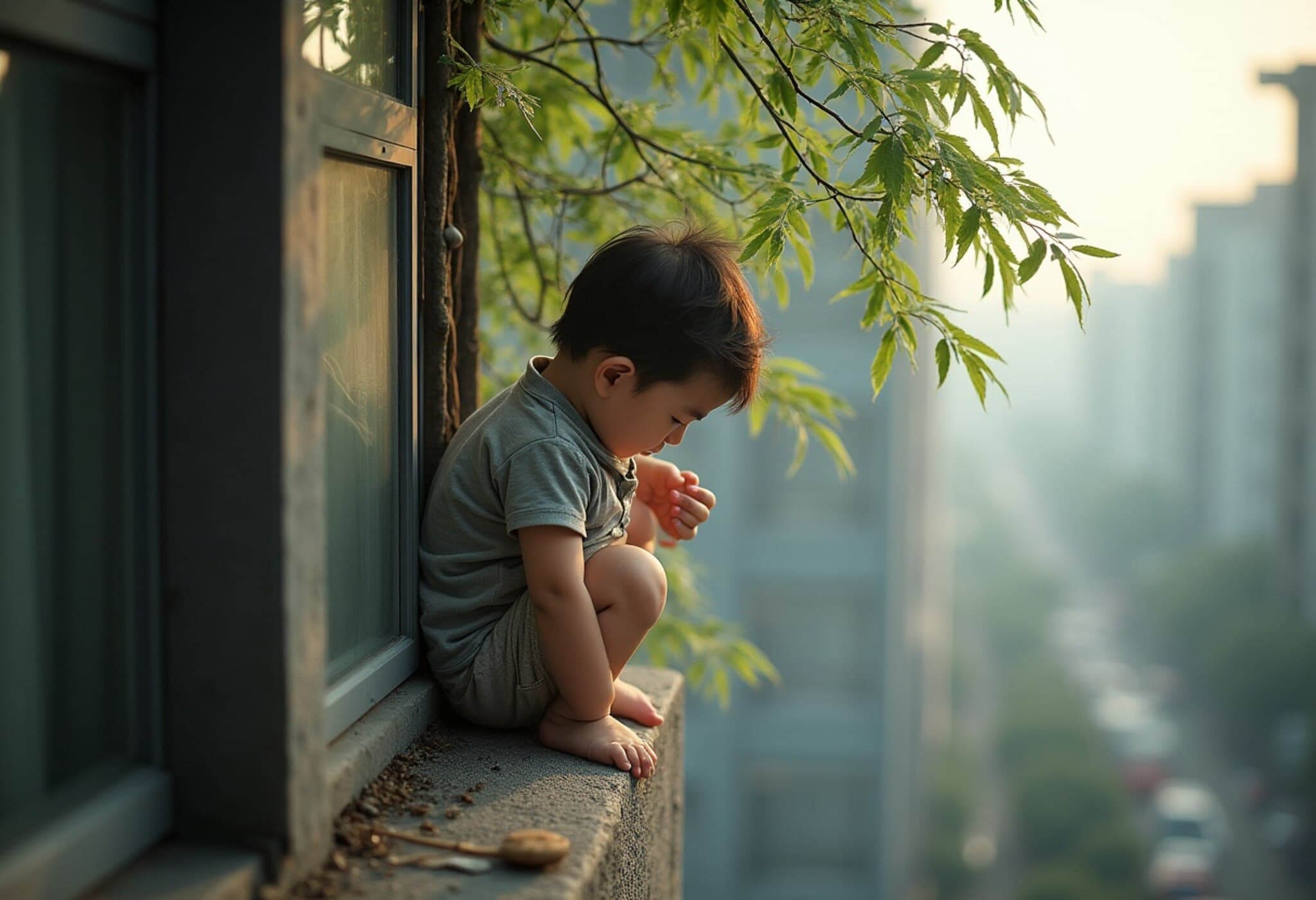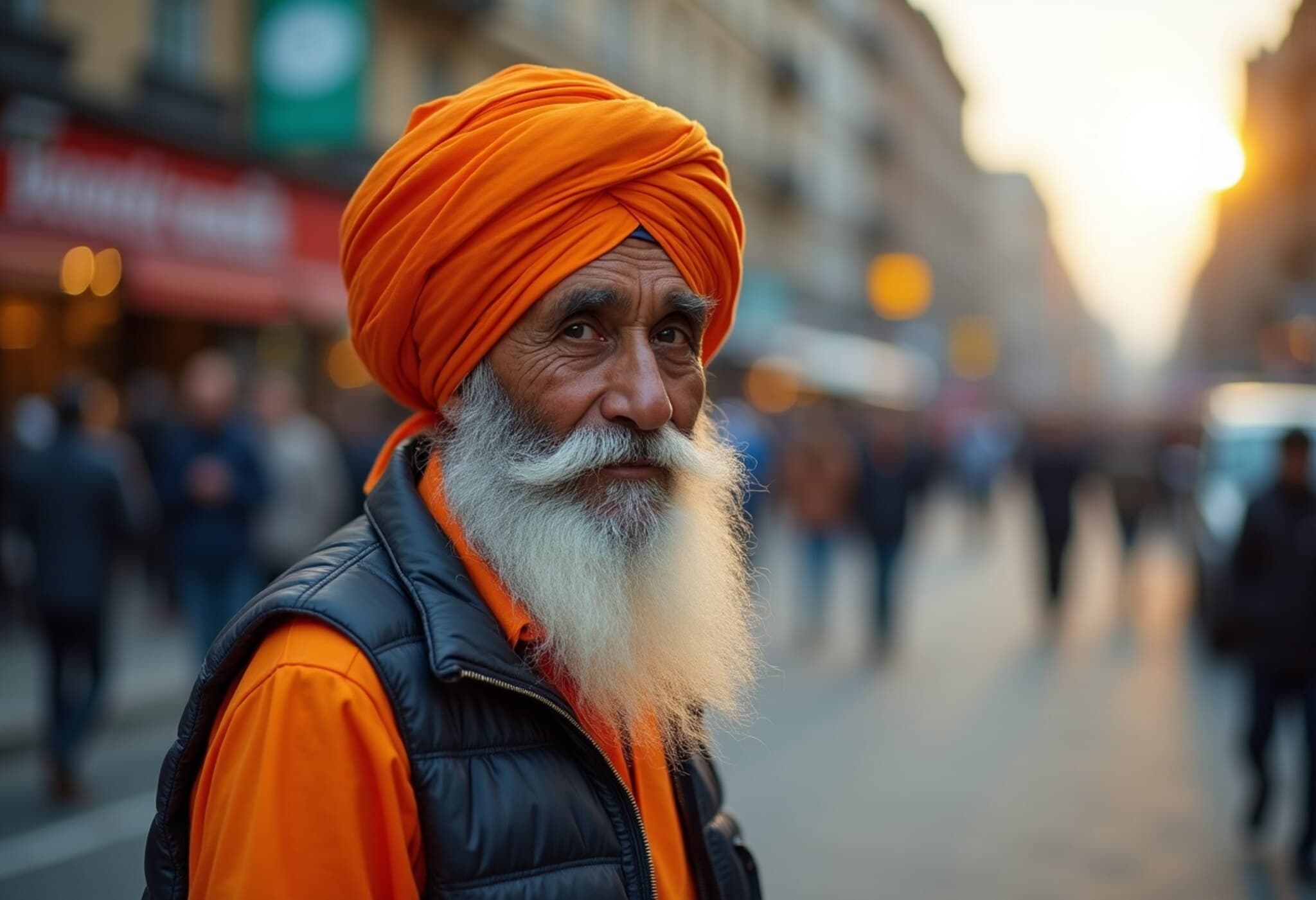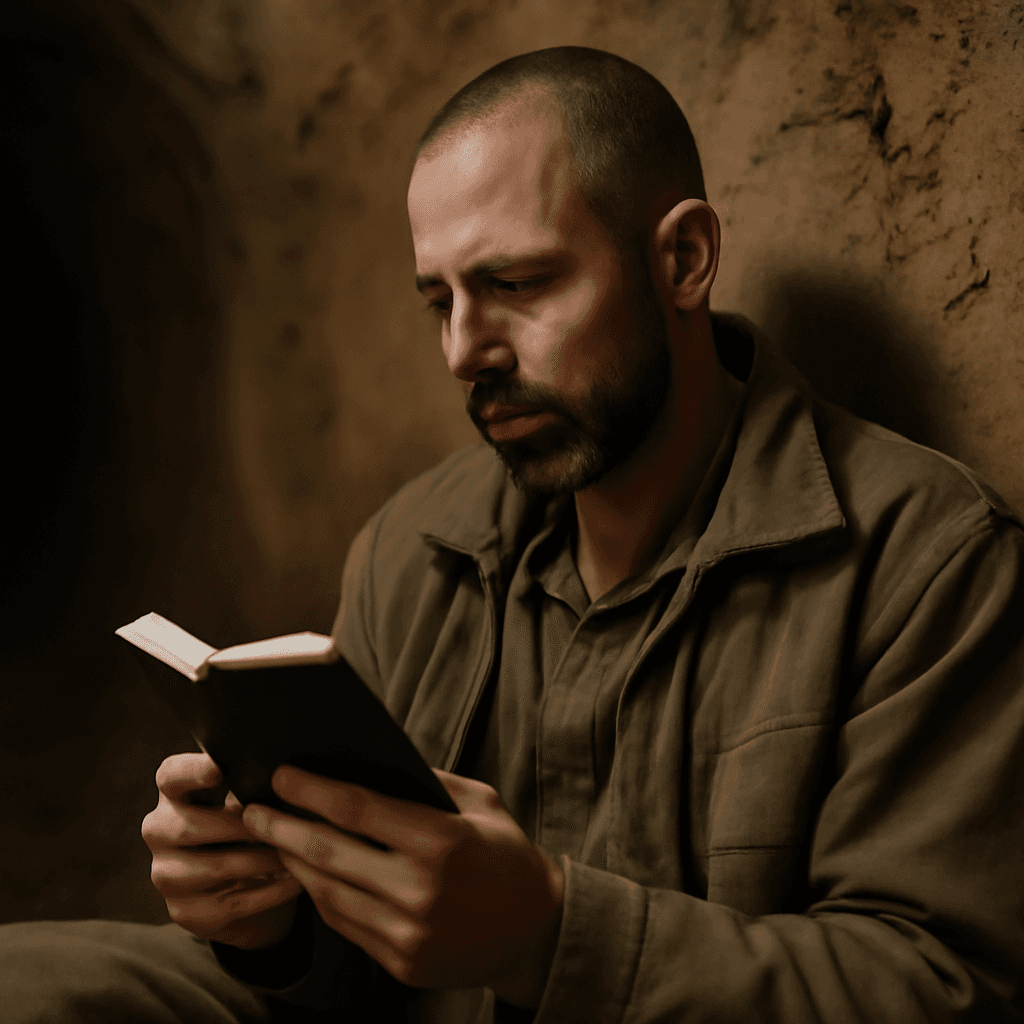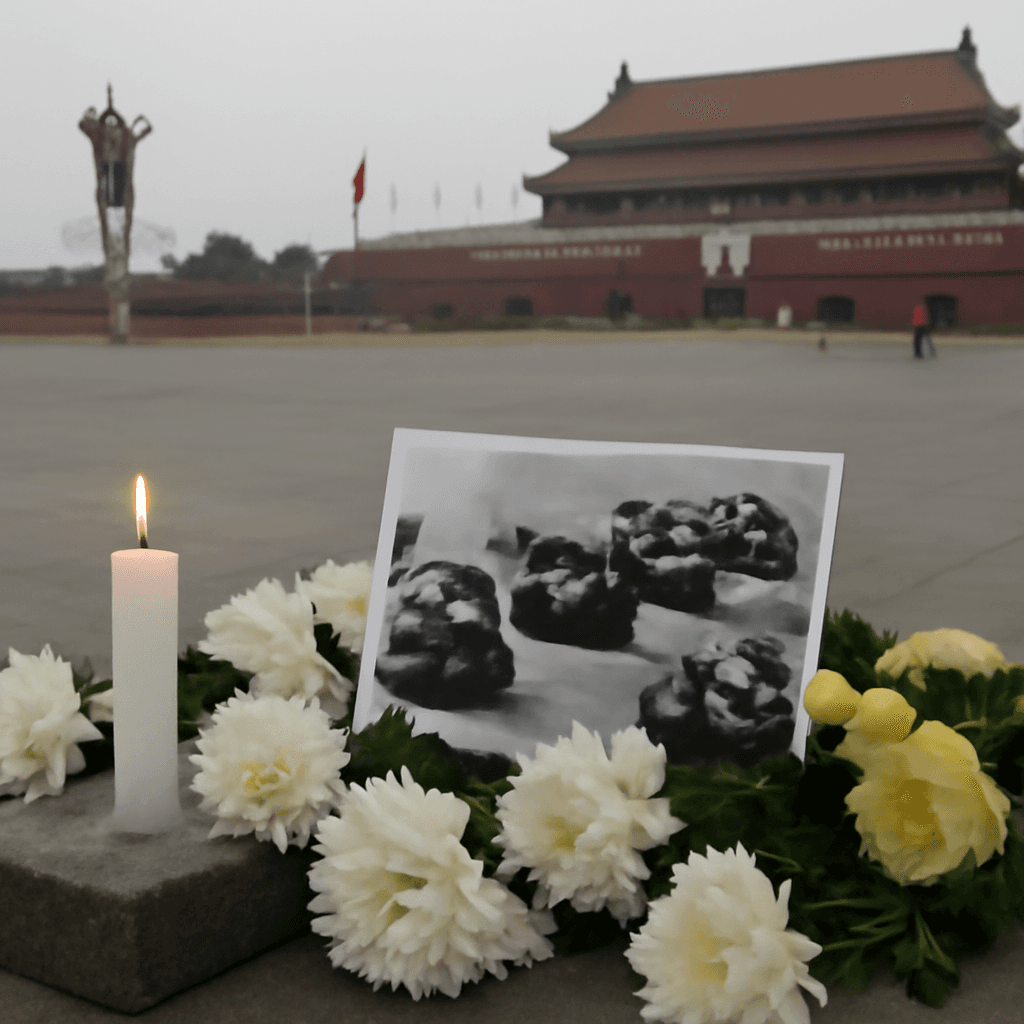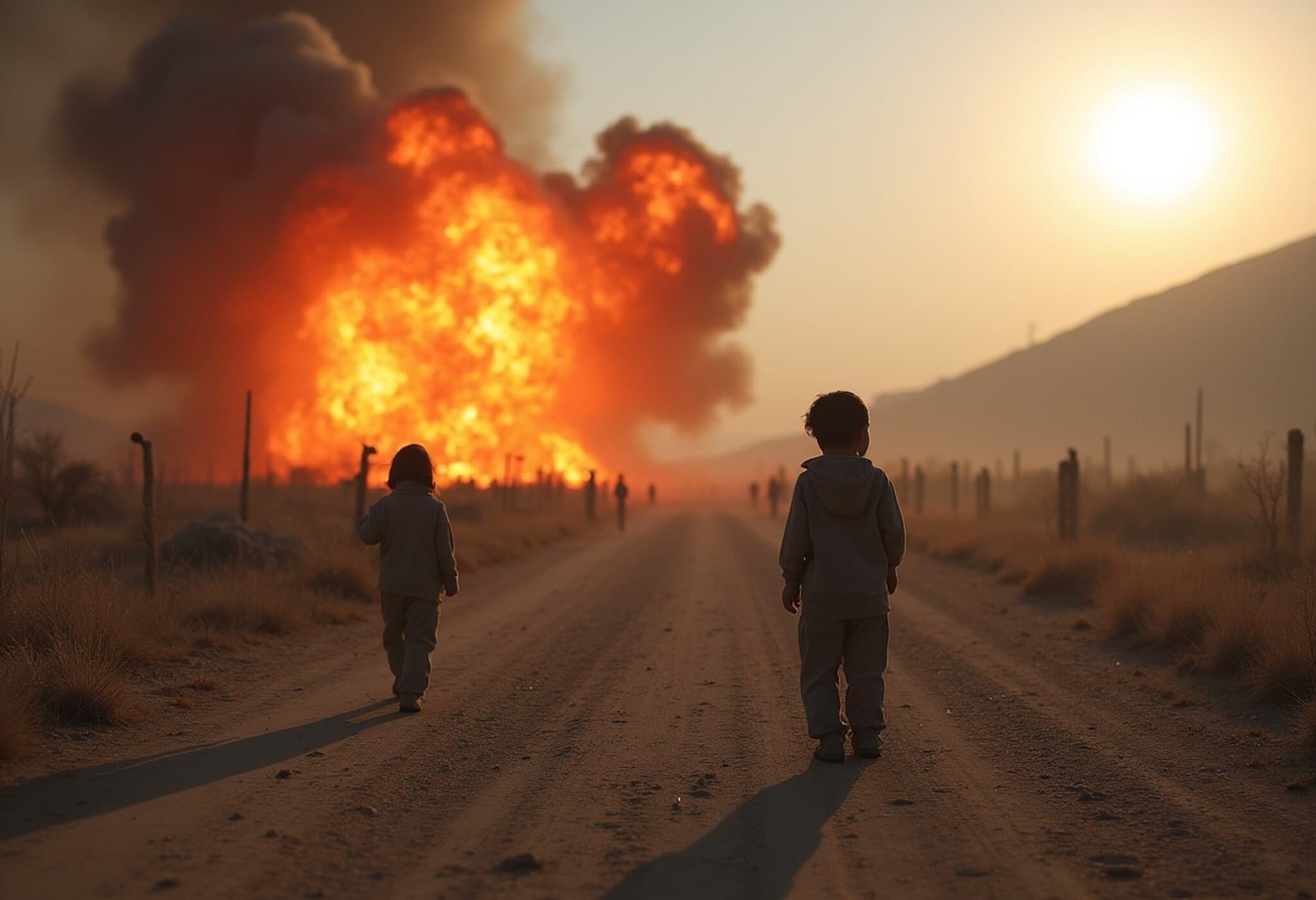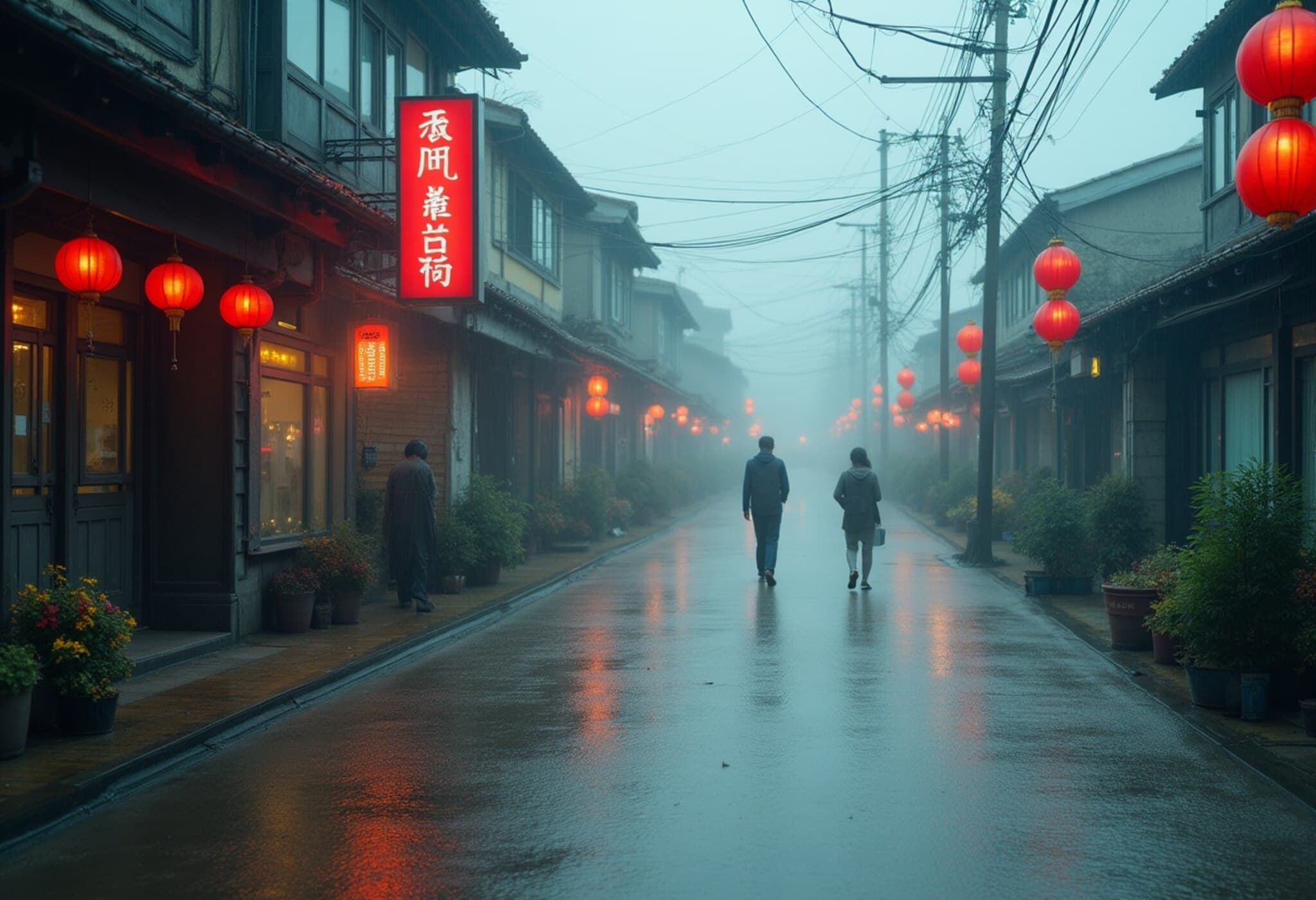A Harrowing Fall and an Unbelievable Rescue
In a heart-stopping incident that has captured international attention, a three-year-old boy from Hangzhou, Zhejiang province, China, miraculously survived falling from the 18th floor of his residential building — a tragedy averted thanks to a tree that broke his fall. This extraordinary event unfolded on July 15, 2025, illustrating how a fragile thread of chance and nature’s unintended intervention can spare a precious life.
How the Accident Happened
The toddler was under the care of his grandparents who, believing he was asleep, stepped out briefly to buy groceries. They had taken precautions by locking the door of the flat to keep him safe. However, upon waking, the child wandered into the bathroom where an unprotected window beckoned. Climbing onto the toilet to reach the window, the child’s curiosity led to a disastrous moment — he fell through the open window.
The Tree That Changed Fate
Remarkably, the boy’s descent was arrested by a tree that absorbed much of the impact, preventing what could have been fatal injuries. Surveillance footage showed how the child’s fall was redirected after hitting an open window on the 17th floor, ultimately steering him towards the tree's branches below.
Injuries, Recovery, and the Human Response
Hospital staff described the boy’s survival as miraculous. His injuries, though serious, included a broken left arm, spinal strain, and damage to internal organs — notably, his head remained unscathed.
In a moment that brought a wave of relief and warmth, the conscious toddler reportedly asked his father: “Ask Daddy to buy me a Bumblebee.” This innocent request contrasts powerfully with the life-threatening ordeal he endured.
A Father’s Tribute
In gratitude, the child’s father, Zhu, honored the tree by placing a large red flower on it, a gesture rich in cultural significance within Chinese tradition symbolizing respect and thankfulness. Zhu initially doubted the extent of the fall until he reviewed the surveillance footage, which validated this near-miracle.
Broader Reflections: Safety, Supervision, and Urban Living
This incident prompts critical reflection on child safety in densely populated urban environments. Unprotected windows and balconies remain a persistent hazard worldwide, especially in high-rise buildings.
- Window safety measures: Many countries and cities have regulations mandating window guards or childproof locks, yet enforcement and awareness vary widely.
- Supervisory challenges: For caregivers balancing multiple responsibilities, moments of distraction can have dire consequences.
- Community vigilance: The role of neighbors and property managers is crucial for swift rescue and raising awareness.
This case has ignited online discussions: some focus on parental or grandparental oversight, while others marvel at the child’s luck and the life-saving tree. It also highlights the tension between urban convenience and safety.
Expert Insight: The Role of Environmental Design in Preventing Accidents
Urban planners and child safety experts emphasize that integrating nature, such as trees and green spaces, can have unexpected protective effects. However, primary prevention remains the deployment of comprehensive childproofing measures in residential buildings, especially in fast-growing urban centers.
Additionally, this case underscores a need for public education campaigns targeting caregivers about constant vigilance and household safety adaptations.
Conclusion
While Zhu’s son’s story ends in survival, it serves as a powerful reminder of the fragile balance between human error and chance, and the profound role environment plays in our lives. It also invites policymakers and communities worldwide to redouble efforts toward safer living spaces, especially for the most vulnerable: children.
This extraordinary survival story is a testament not only to luck and nature's quiet intervention but also to pressing global issues surrounding urban child safety and supervision. How can cities better design living environments to prevent such near-tragedies? What community and policy initiatives could enhance vigilance without fostering fear? Readers are encouraged to reflect on these questions and the broader implications of this incident as it reverberates through discussions on caregiving, safety, and urban growth.

